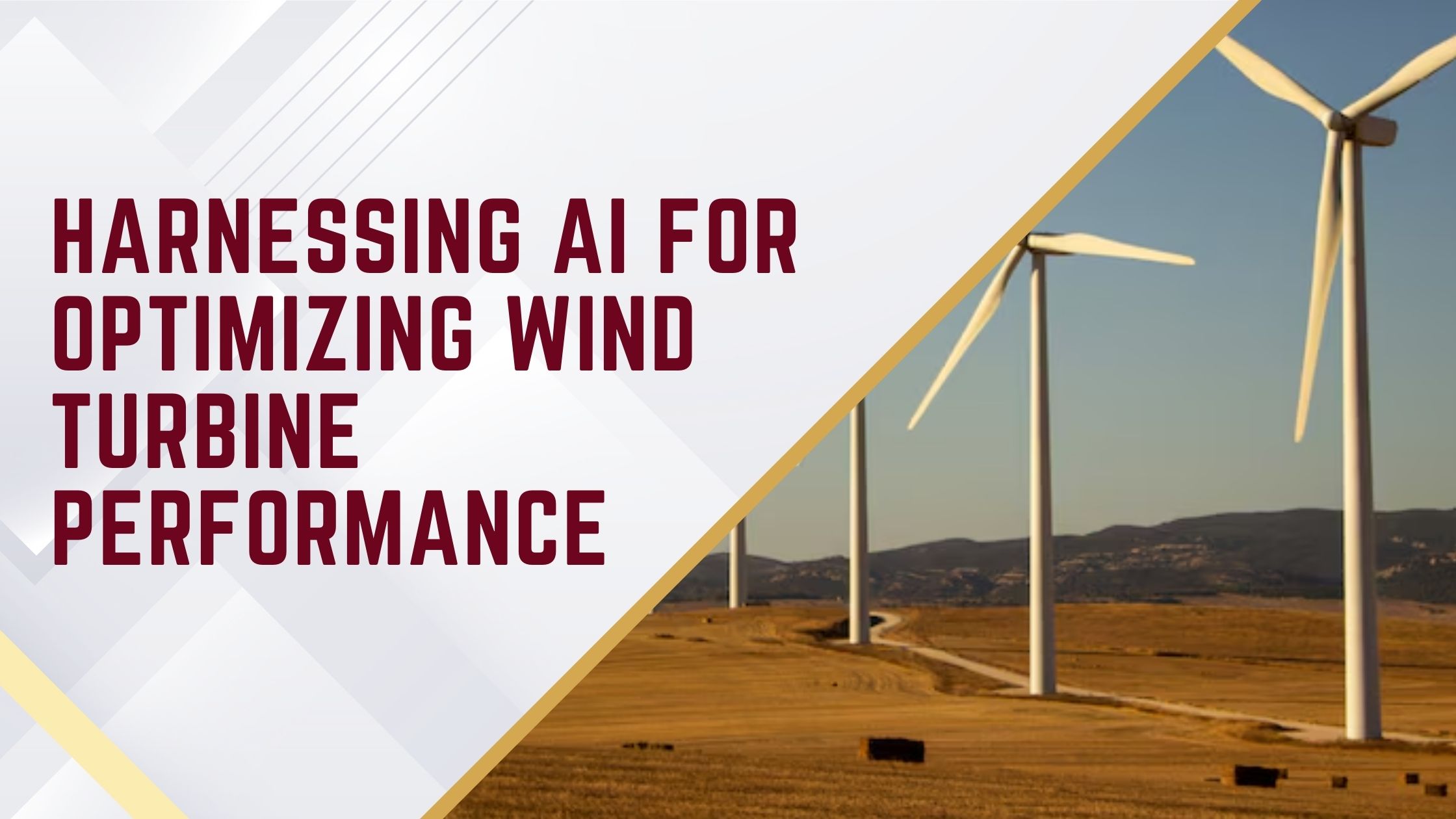
Hello, wind energy enthusiasts! As of 2025, the integration of Artificial Intelligence in Wind Energy is revolutionizing how we harness wind power. By leveraging AI, we’re enhancing turbine efficiency, predicting maintenance needs, and maximizing energy output. Let’s delve into how AI is transforming the wind energy sector and highlight key insights from the upcoming wind energy event 2025.
The Role of Artificial Intelligence in Wind Energy
Artificial Intelligence (AI) is making significant strides in optimizing wind turbine performance. Here’s how:
- Predictive Maintenance: AI analyzes data from turbine sensors to forecast potential issues before they lead to failures. This proactive approach reduces downtime and maintenance costs. For instance, the National Renewable Energy Laboratory (NREL) has demonstrated that AI can enhance the design and deployment of wind plants, leading to more efficient operations.
- Performance Optimization: Machine learning algorithms adjust turbine settings in real-time to align with changing wind conditions, ensuring optimal energy production. Studies have shown that AI can accurately predict wind power generation, enabling smarter grid management and energy distribution.
- Enhanced Forecasting: AI improves the accuracy of wind power forecasts, aiding in better grid integration and energy planning. Recent research indicates that explainable AI techniques can boost users’ confidence in wind power predictions, leading to more reliable energy systems.
Case Studies: AI in Action
AI-Driven Wind Farm in France
In 2024, Brookfield Asset Management invested up to €20 billion in developing AI infrastructure in France. This investment includes AI-enhanced wind energy projects aimed at optimizing performance and integrating renewable energy into the grid more efficiently. The initiative underscores the growing trend of combining AI with renewable energy to meet increasing power demands.
NREL’s AI Innovations
The National Renewable Energy Laboratory (NREL) has been at the forefront of integrating AI into wind energy systems. Their research demonstrates that AI can significantly benefit the wind industry by improving the design and deployment of wind plants, leading to more efficient and cost-effective energy production.
Wind Energy Event 2025: A Glimpse into the Future
The 6th Edition Windpower Data and Digital Innovation Forum is scheduled for March 12-13, 2025, at the Postillion Hotel & Convention Centre in Amsterdam, Netherlands. This hybrid event will gather over 150 industry leaders to discuss the future of wind power data and digital innovation.
Key Highlights
- Expert Speakers: Industry professionals like Charlie Plumley from Nuveen Infrastructure and Henry Tanner from Octopus Energy Generation will share insights on leveraging data and AI to enhance wind farm performance.
- Interactive Sessions: Attendees can engage in discussions about the latest AI applications in wind energy, predictive maintenance strategies, and digital transformation initiatives.
- Networking Opportunities: The forum offers a platform to connect with peers, explore collaborations, and discover innovative solutions in the wind energy sector.
Statistics: The Impact of AI on Wind Energy
- Efficiency Gains: AI-driven predictive maintenance can reduce turbine downtime by up to 20%, leading to significant cost savings.
- Market Growth: The global AI in the energy market is projected to reach $12 billion by 2025, with a significant portion attributed to wind energy applications.
- Improved Forecasting: AI-enhanced wind power forecasts have achieved accuracy improvements of up to 30%, facilitating better grid management and energy distribution.
Frequently Asked Questions (FAQs)
Q1: How does AI improve wind turbine performance?
AI analyzes real-time data to adjust turbine operations, predicts maintenance needs, and enhances energy production efficiency.
Q2: What are the benefits of predictive maintenance in wind energy?
Predictive maintenance uses AI to foresee potential equipment failures, reducing unexpected downtimes and maintenance costs.
Q3: How is AI used in wind power forecasting?
AI processes historical and real-time data to provide accurate predictions of wind energy generation, aiding in grid integration and energy planning.
Q4: What can I expect from the Windpower Data and Digital Innovation Forum 2025?
The forum will feature expert discussions on AI applications in wind energy, interactive sessions on digital innovations, and networking opportunities with industry leaders.
In conclusion, the fusion of Artificial Intelligence in Wind Energy is propelling the industry toward greater efficiency and sustainability. Events like the wind energy event 2025 serve as pivotal platforms for sharing knowledge, fostering innovation, and driving the future of renewable energy.







